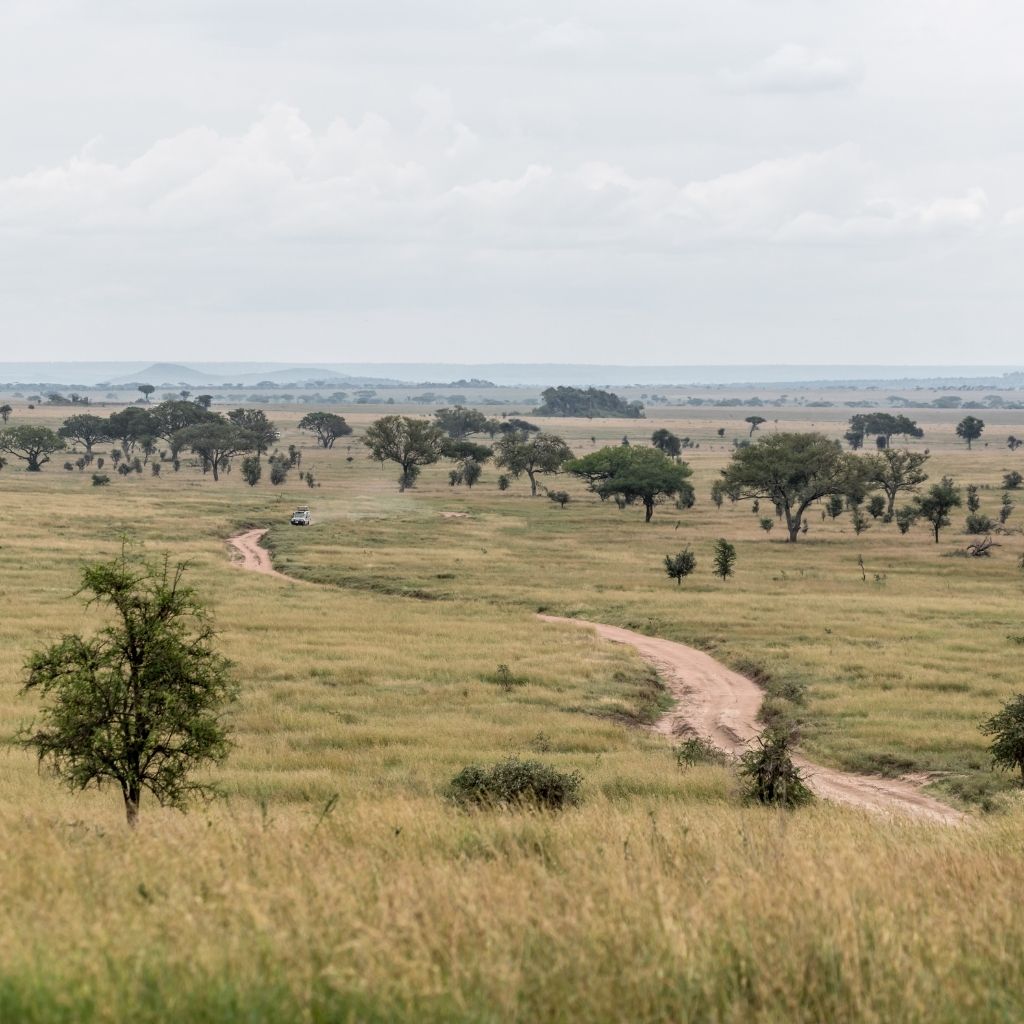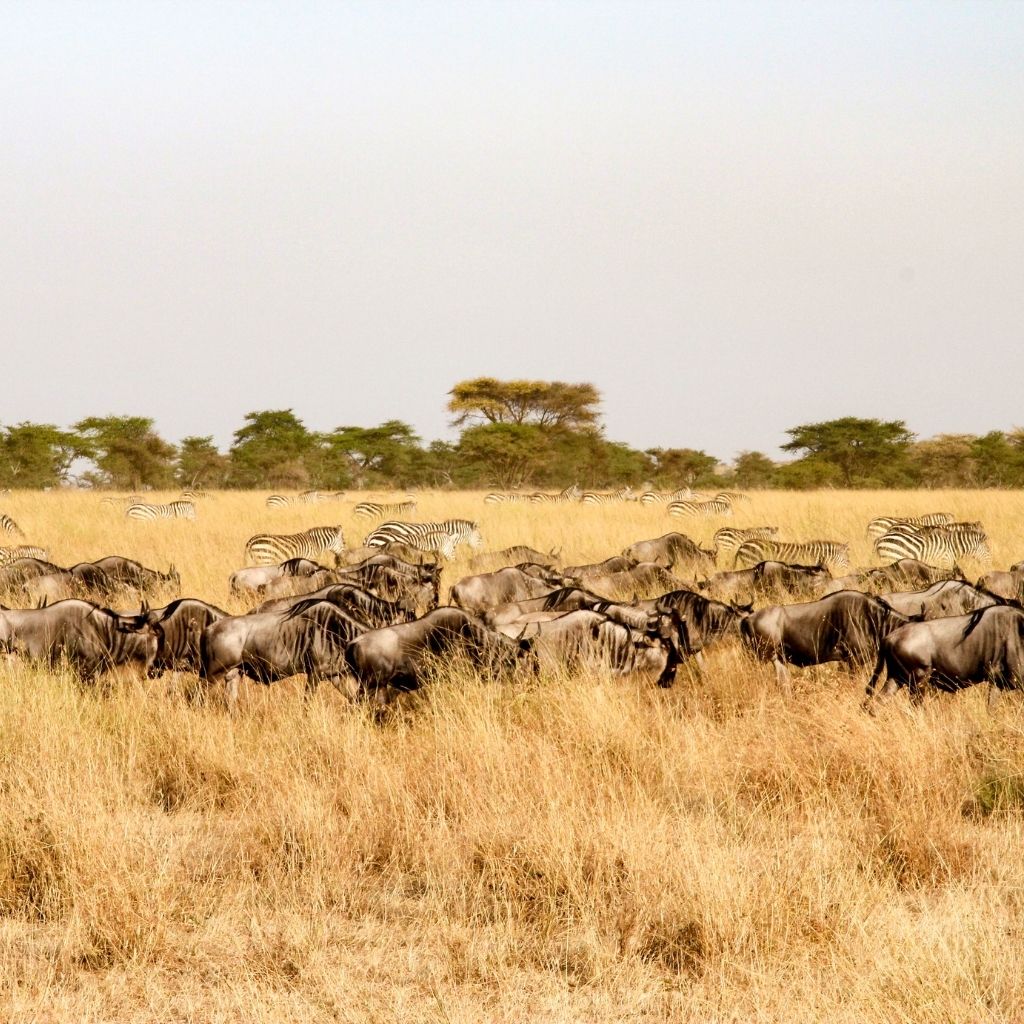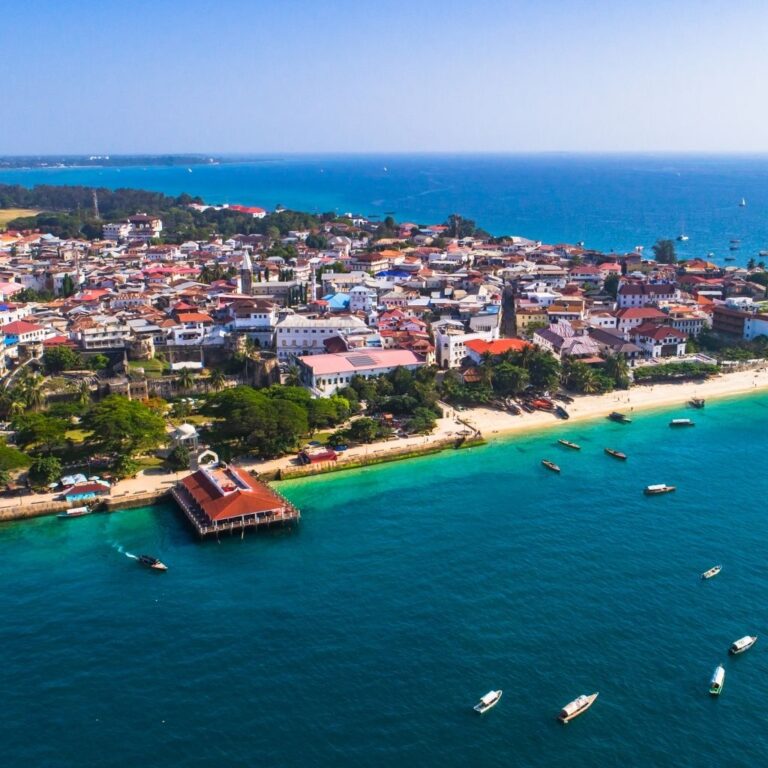Serengeti National Park
The Serengeti National Park is without a doubt the most well-known wildlife sanctuary in the world, unparalleled in terms of natural beauty and scientific importance. More than 3 million large mammals live freely inside its borders on the unending plains interspersed with granite outcrops, areas of Acacia bush woodland, and seasonal tiny rivers.
Located in northern Tanzania, the Serengeti National Park, has about 15,000 square kilometers of grassland, savannah, and woods. The national park is primarily known for the annual migration of wildebeest. It is also a World Heritage Site overflowing with wildlife, with over 2 million antelopes, 4000 lions, 1000 leopards, 550 cheetahs, and 500 bird species inhabiting an area of nearly 15,000 square kilometers.
If you’re there during the Great Migration, you can see herds of wildebeest and zebra reaching all the way to the horizon.


The Great Migration
Over 2 million wildebeest, zebra, and gazelle migrate from the Serengeti to Kenya’s Masai Mara Reserve each year. This incredible spectacle begins in March/April, when Wildebeest have their calving season in the Ngorongoro Conservation Area in eastern Tanzania. Due to the sheer large number of wildebeest (approximately 1.7 million in total) and zebra (around 260,000), the grass on the plains is quickly consumed, and the animals must wander in search of new pastures.
This is when the wildebeest (and zebra) begin following the rains through the Serengeti National Park and continue until they cross the extremely treacherous Sand River, which leads them to Kenya’s Maasai Mara National Park.
If you would like to experience this fascinating spectacle, join us on a safari to marvel at the Great Migration and discover the boundless Serengeti plains interspersed with trees and kopjes from which majestic lions rule their realm.









